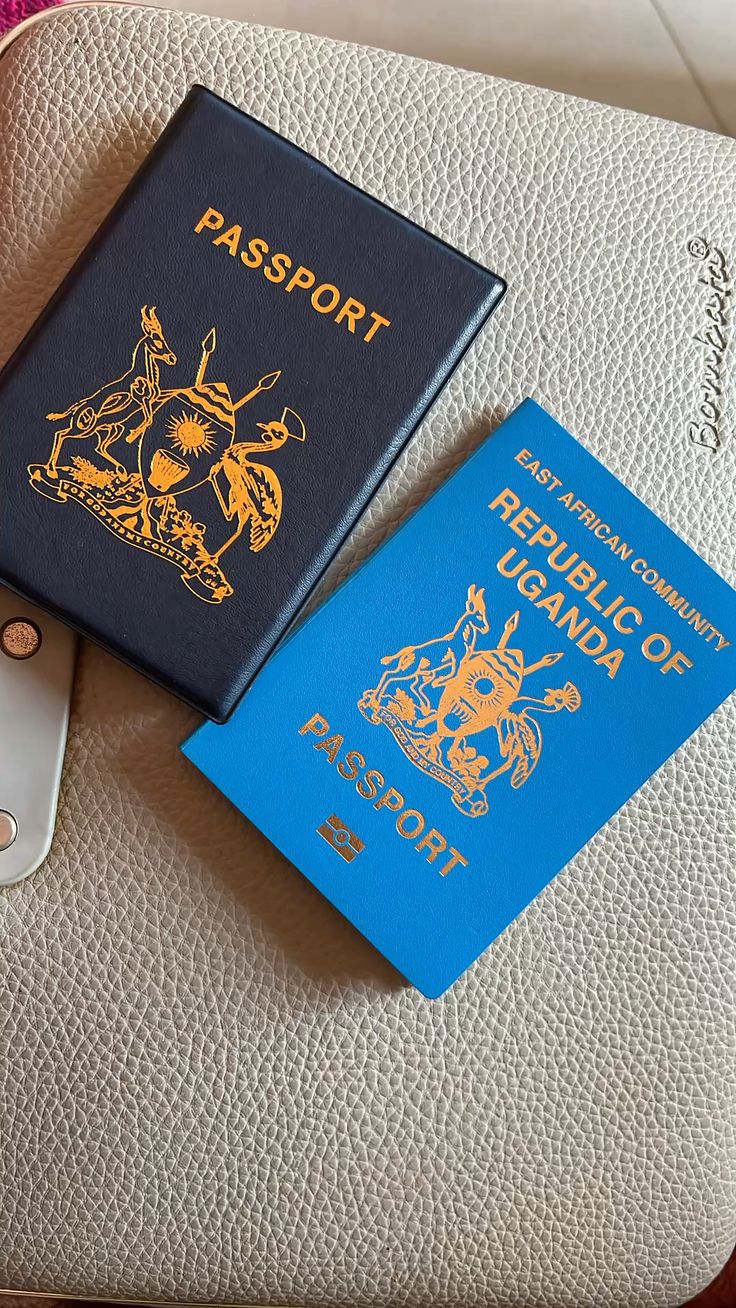Uganda is one of East Africa’s top travel destinations, especially known for its wildlife experiences, including mountain gorilla trekking, birding safaris, and rich cultural encounters. If you’re planning a trip to Uganda, one of the most important steps in your preparation is understanding the country’s visa policy. Many travelers often ask: Can I get a visa on arrival in Uganda?
The short answer is no, at least not in the traditional sense. Uganda has officially transitioned from issuing visas on arrival to requiring electronic visa (eVisa) applications for most travelers. This change aims to streamline border control and enhance both efficiency and security at entry points.
What Is an eVisa and Why Is It Required?
An eVisa is an online travel authorization document that you must apply for before your arrival in Uganda. The Ugandan government introduced this system to replace the previous visa-on-arrival process, meaning travelers must apply and receive approval before they board their flights.
The process is managed through Uganda’s official immigration portal:
https://visas.immigration.go.ug
Once your application is approved, you’ll receive a Visa Approval Letter by email. This letter must be printed and presented at your point of entry in Uganda (such as Entebbe International Airport or land border crossings). Without this document, you will likely be denied boarding by the airline or refused entry at the border.
Why Is Visa on Arrival No Longer the Standard?
Previously, Uganda allowed most foreign nationals to obtain visas upon arrival at airports and land borders. However, due to increasing global security concerns and the desire for more efficient travel processing, Uganda adopted a mandatory eVisa system.
There are a few key reasons for this change:
- Improved border security and traveler screening
- Faster processing times upon arrival
- Minimized congestion at immigration desks
- Better data management for immigration officials
Who Still Qualifies for Visa-Free Entry?
While eVisas are now required for most travelers, citizens of certain countries are exempt from visa requirements altogether. This means they can enter Uganda without applying for a visa in advance or upon arrival.
These visa-exempt countries include:
- Kenya
- Rwanda
- Tanzania
- South Sudan
- Burundi
- Zimbabwe
- Zambia
- Botswana
- Malawi
- Eritrea
- Singapore
- Mauritius
- Seychelles
- Jamaica and a few others
Citizens of these countries can enter Uganda visa-free for a period typically not exceeding 90 days. However, travelers are still advised to carry:
- A passport with at least 6 months validity
- A valid Yellow Fever vaccination certificate
- Proof of onward or return travel
How to Apply for an eVisa to Uganda
The visa application process is straightforward but requires attention to detail. Below are the key steps:
1. Visit the Official eVisa Portal
Go to https://visas.immigration.go.ug
2. Create an Account and Choose Visa Type
Select the type of visa you are applying for:
- Single-entry tourist visa (valid for 90 days)
- East African Tourist Visa (valid for travel between Uganda, Kenya, and Rwanda)
- Transit visa (for stopovers)
- Multiple-entry visas (for business or frequent travelers)
3. Complete the Online Application
You’ll need to fill in:
- Personal information
- Passport details
- Purpose of visit
- Intended dates of travel
4. Upload Required Documents
You must upload the following:
- A scanned copy of your passport (valid for at least 6 months)
- A passport-size photo
- A copy of your Yellow Fever vaccination certificate
- A copy of your flight itinerary or hotel booking (optional but recommended)
5. Pay the Visa Fee Online
The payment can be made using a Visa or Mastercard. Current visa fees (as of 2025):
- Single-entry visa: $50 USD
- East African Tourist Visa: $100 USD
- Transit visa: $50 USD
- Multiple-entry visa: $100–$200 USD
6. Submit and Wait for Approval
Once submitted, your application will be reviewed by immigration officials. Most applicants receive their Visa Approval Letter within 2 to 5 working days, but it’s advisable to apply at least 10 business days before your trip to allow for processing delays.
What to Expect Upon Arrival
Once you arrive in Uganda:
- Proceed to the immigration desk
- Present your Visa Approval Letter
- Submit your passport, Yellow Fever certificate, and any other required documents
- Your visa will be printed and stamped into your passport at this point
Even though the visa is technically issued at the point of entry, you cannot receive it unless your online application has already been approved. Therefore, this is not a traditional visa-on-arrival arrangement.
Can I Still Get a Visa on Arrival in Emergencies?
Uganda’s immigration officers have discretionary authority, meaning they may issue a visa on arrival under extraordinary or humanitarian circumstances—but this is rare and not guaranteed. It’s risky to rely on this option, especially when most airlines will not allow boarding without an approved visa or entry document.
What If I’m Traveling Last-Minute?
If you’re planning a last-minute trip, it is still possible to obtain an eVisa quickly, especially with all required documents in hand. Many applicants have reported approval within 1–3 business days, although this is not guaranteed. Use expedited processing options if available and always follow up with the immigration office if delays occur.
Additional Tips
- Always print out multiple copies of your visa approval letter.
- Carry your Yellow Fever certificate—it is mandatory for all travelers entering Uganda.
- If applying for the East African Tourist Visa, remember that it must be issued by the country where you first arrive (e.g., if entering via Uganda, apply through Uganda’s system).
- If you plan to re-enter Uganda after visiting Rwanda or Kenya, consider applying for a multiple-entry visa or the East African Tourist Visa instead of a single-entry option.
Conclusion
To summarize, Uganda no longer issues traditional visas on arrival for most travelers. The government now requires visitors to apply online in advance through the official eVisa system. The process is simple, affordable, and much more secure, and it allows for smooth entry upon arrival at the airport or border.
If you’re planning to visit Uganda in 2025 or beyond, don’t delay your visa application. Being well-prepared will help ensure your trip begins without stress or disruption. Can I Get a Visa on Arrival in Uganda?
Would you like a step-by-step checklist or help with your visa documents? I can walk you through it. Can I Get a Visa on Arrival in Uganda?




